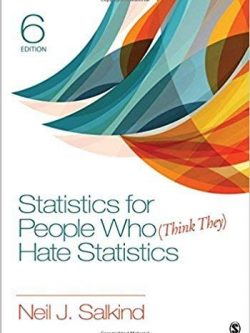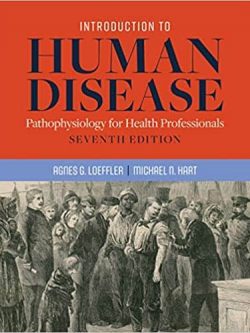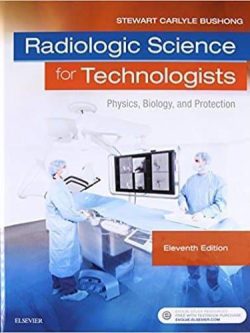eBook details
- Authors: Douglas A. Drossman, Lin Chang, William D. Chey, John Kellow
- File Size: 11 MB
- Format: AZW3, ePub, PDF (inside ZIP)
- Length: 238 pages
- Publisher: Rome Foundation, Inc; 2nd edition
- Publication Date: May 2, 2017
- Language: English
- ASIN: B071NMLM5X
The Rome IV Diagnostic Algorithms for Common GI Symptoms 2nd Edition (PDF), with guest editor John Kellow, MD, was developed concurrent with that of the Rome IV ebook. Thus we called upon the Rome IV chapter committee members to accomplish this update and revision with the creation of new algorithms, all consistent with Rome IV diagnostic guidelines and criteria. Now there are 19 algorithms for adults, and 10 for neonates, children, toddlers, and adolescents. The ebook is organized into 8 separate chapters that cover the symptom presentations of the primary GI regions in adults (esophagus, biliary, bowel, gastroduodenal, anorectal and centrally mediated abdominal pain) as well as the symptom presentations in neonates-toddlers and children-adolescents.
Every chapter has an introductory discussion section to help the reader understand the nature and underlying pathophysiology of the symptoms relative to that region or age group and then move on to discuss for each chapter anywhere from 2 to 14 algorithms. Then for each algorithm we include features that bring the information to clinical reality: a) a case report linked to the algorithm in order to demonstrate real life applications, b) a color-coded algorithm graphic using standard “yes-no” decision tree methodology for branched decision making, c) links for every box to information that explains in detail the reasons for the clinical decision or the diagnostic assessment method and d) up-to-date references to support the clinical information. Thus, every common GI symptom yields a clinically meaningful diagnostic algorithm image and incorporates diagnostic testing recommendations, ending with specific diagnoses. When other structural disorders are excluded, the path leads to the Rome diagnostic criteria and ultimately the diagnosis of the FGID.
Finally, there is an appendix that includes the Rome IV Diagnostic Criteria for reference and also the Rome IV Psychosocial Alarm Questionnaire to help providers decide when in the evaluation is referral to a mental health consultant recommended.
P.S we also have other ROME IV series ebooks






Reviews
There are no reviews yet.